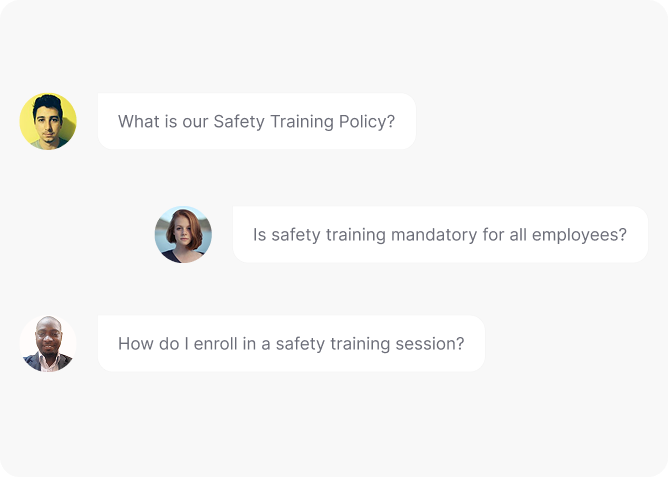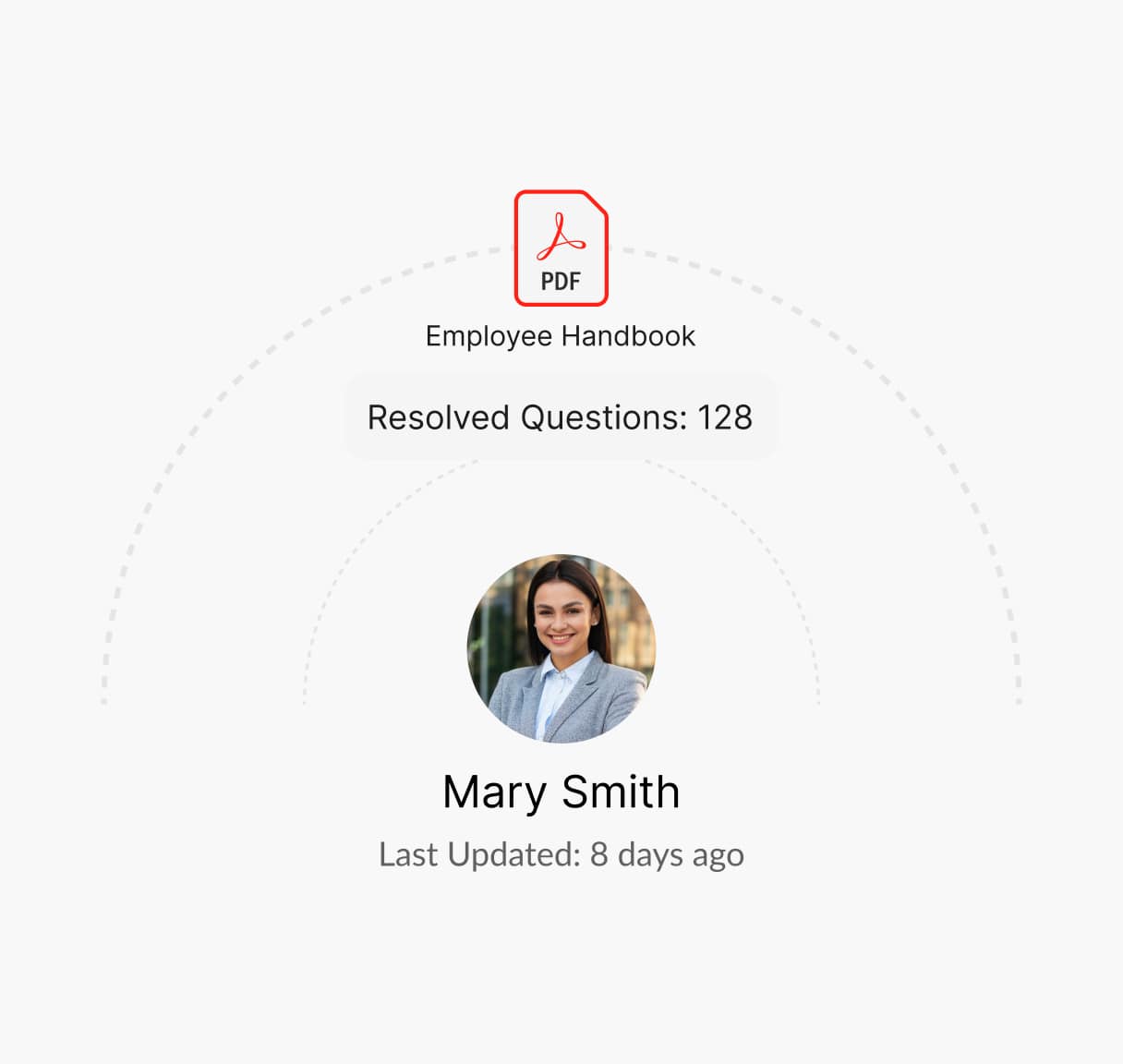Everything You Need to Know About Safety Training Policy
Workplace safety depends on employee awareness and preparedness. A Safety Training Policy outlines required programs, compliance expectations, and refresher courses to ensure all employees are equipped to prevent and respond to hazards.

What is a Safety Training Policy?
A Safety Training Policy is an HR document that defines the organization’s approach to educating employees on workplace safety procedures. It includes mandatory training sessions, emergency response protocols, and compliance requirements.
A strong safety training policy reduces workplace hazards and ensures employees are well-prepared for emergencies.
Guidelines for Creating a Safety Training Policy
A well-structured safety training policy ensures employees are equipped with the knowledge and skills to maintain a safe work environment. Here’s how to create an effective policy:
Identify Job-Specific Safety Training Needs
Customize training programs to address the hazards and risks associated with different roles.
Provide Both Initial and Ongoing Training
Require new hire safety training and periodic refresher courses to reinforce best practices.
Ensure Compliance with OSHA and Industry Standards
Align training requirements with local safety regulations to avoid legal liabilities.
Utilize Engaging and Practical Training Methods
Use simulations, interactive modules, and real-life scenarios to enhance retention.
Establish Clear Training Documentation
Maintain records of training completion, certifications, and attendance for auditing purposes.
Incorporate Emergency Response Drills
Ensure employees know how to respond to emergencies such as fires, medical crises, or security threats.
What is Covered in a Safety Training Policy?
An effective Safety Training Policy should include the following:
Types of Safety Training Offered
Define the various training programs, including fire safety, ergonomics, first aid, and hazardous materials handling.
Mandatory vs. Optional Training
Specify which training sessions are required for compliance and which are encouraged for professional development.
Frequency and Format of Training
Outline how often training occurs (e.g., annual refreshers) and delivery methods (in-person, online, or hybrid).
Roles and Responsibilities in Training
Clarify who conducts training (HR, safety officers, or external experts) and who must attend.
Assessment and Certification Process
Establish how employees are evaluated and certified upon training completion.
Incident Response and Reporting
Include protocols for reporting workplace injuries, near-misses, or safety violations.
Consequences of Non-Compliance
Define penalties for failing to complete required training or violating safety procedures.
Need help creating a Safety Training Policy?
How Winslow helps HR pros save time on responding to safety training policy questions
Managing safety training inquiries can be time-consuming, but Winslow, your AI-powered HR assistant, simplifies the process:

Instant answers anytime
Winslow ensures your Safety Training Policy is always available on Slack, Teams, or email. Employees can instantly access details on mandatory training sessions, certification requirements, and renewal deadlines—ensuring compliance without HR intervention.
Personalized Support
Winslow instantly answers employee questions, including those about your Safety Training Policy, ensuring clarity on course enrollment, safety protocols, and industry-specific training requirements.


Analytics and Insights
Winslow tracks policy-related queries, helping HR teams identify trends and common concerns. This data enables organizations to refine their policy, improve reporting channels, and address recurring issues proactively.
Save Time Managing Safety Training Policies with Winslow
Ensuring employees complete mandatory safety training is crucial, but answering repeated questions can slow HR down. Winslow provides instant answers on training requirements, deadlines, and certifications—helping HR maintain compliance while reducing administrative workload.
Frequently asked questions
Have further questions about Winslow, contact us at sales@usewinslow.com
How should HR ensure safety training remains engaging and not just a compliance formality?
HR should use interactive training methods, such as VR simulations, scenario-based workshops, and gamification. Regular safety drills and case studies make training more practical and memorable.
What frequency should HR mandate for safety training refreshers?
Safety training should be conducted annually, with quarterly refresher courses for high-risk departments. Any policy updates or incident learnings should trigger additional training.
How should HR tailor safety training for different roles within the company?
HR should implement role-specific training modules—for example, office staff may need cybersecurity training, while factory workers require physical safety drills. Training should be adjusted based on job function risks.
How should HR measure the effectiveness of safety training programs?
HR should track incident reports before and after training, conduct knowledge assessments, and collect employee feedback on training clarity and applicability.
What strategies should HR use to ensure employees retain safety protocols long-term?
HR should introduce monthly safety reminders, post visual safety checklists in workplaces, and use peer-led safety accountability programs where employees oversee best practices.
Additional resources
Device Usage Policy
Managing employee leave effectively is vital for maintaining workforce productivity and compliance....
Learn moreconfidentiality policy
Protecting sensitive information is crucial. A clear Confidentiality Policy outlines guidelines for...
Learn moreclaim reimbursement
Ensuring fair compensation for expenses is key. A clear Claim Reimbursement Policy...
Learn more




